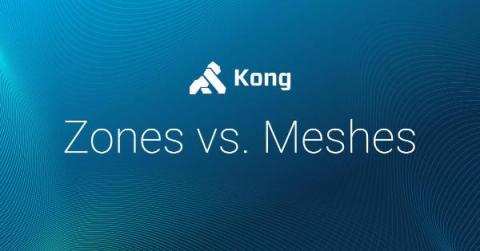Kuma 1.5.0 and Kong Mesh 1.6.0 Released
We are happy to announce the first release for both Kong Mesh and Kuma in 2022, which is packed with features and improvements, including substantial performance improvements when running at scale. We strongly suggest to upgrade, in order to take advantage of the latest and greatest when it comes to service mesh.











